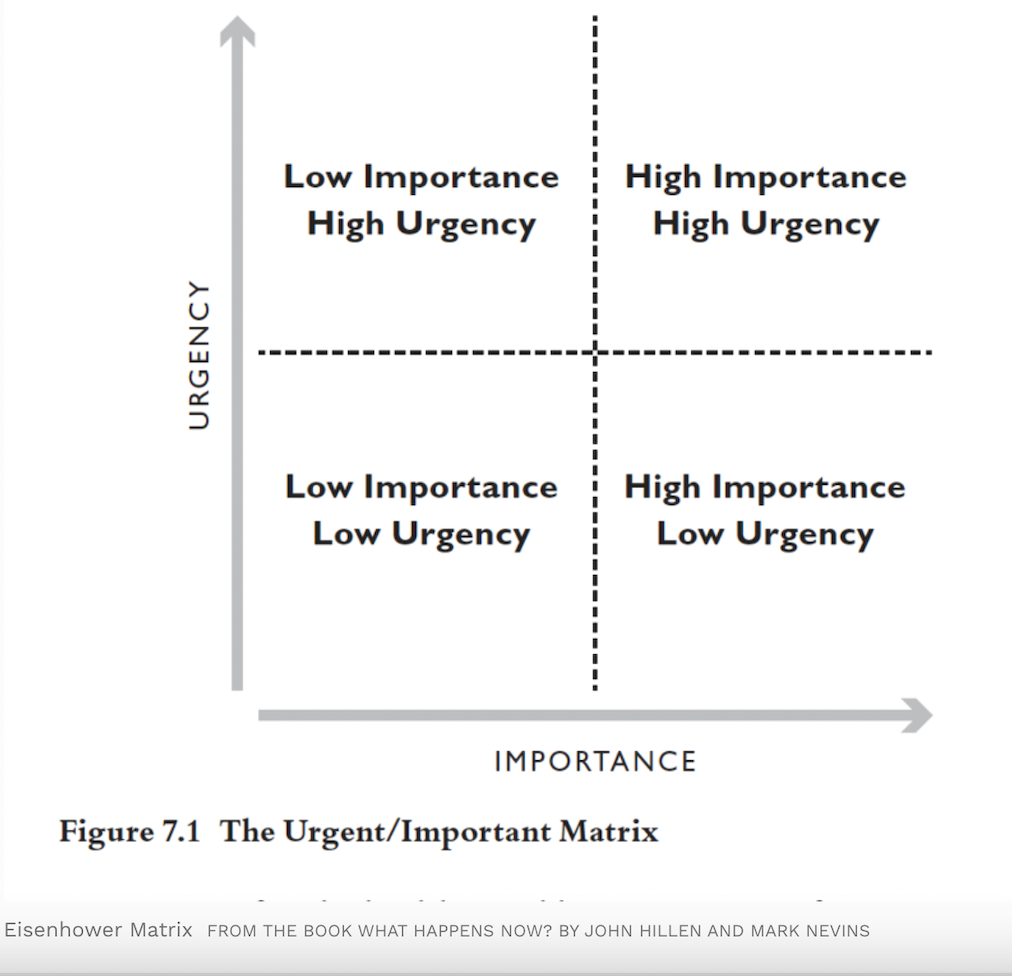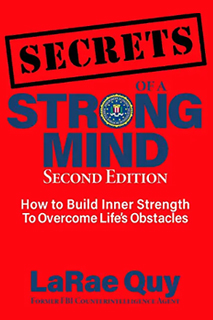The four years I worked as the spokesperson for the FBI in Northern California were the busiest of my career. I’d spent the previous twenty years as an agent investigating counterintelligence and espionage cases. But, when I entered the world of public relations, I encountered an onslaught of deadlines and demands that never let up.
The environment was intense, and the number of small but urgent tasks was high. One would think that in this type of situation, the ability to multi-task would be a desirable skill. But science has proven that multi-tasking comes with a steep price.
That is not good news for those pressured to do many things during our day. While multi-tasking does not help our productivity, there are hacks to help us through the never-ending-to-do list.
The same questions pop up: How can I get more done? How can I feel less overwhelmed? How can I ensure I’m not dropping important balls or missing important deadlines?
Here is why multi-tasking is a myth and 4 tips to help you focus:
1. Switch between tasks
The first published use of the word “multi-task” appeared in an IBM paper describing the capabilities of a new computer in 1965. It was never meant to refer to human tasks.
But, we trick ourselves into believing we are computers and can handle many tasks simultaneously. What we’re really doing, however, is switching rapidly between tasks.
Psychologists warn that switching has a downside and refer to it as switching costs because it taxes the brain. Your brain needs to recall information on one task, put it aside to recall information on another, and then repeat the whole thing.
Your brain can switch quickly, though, so you may sometimes feel like you are multi-tasking.
The brain serially processes information; called serial processing, it is how most of us deal with important tasks that need to be completed.
Parallel processing refers to our ability to simultaneously deal with small, multiple stimuli. For example, driving a car, talking with a passenger, and listening to music can all be parallel processed. This is not multi-tasking; it’s an efficient way for the brain to process several bits of information simultaneously. Parallel processing works best when the tasks are small and involve all (or many) of our senses.
How To Make It Work For You: It’s possible to switch between tasks and accomplish much of what you need to do daily. However, if those tasks are essential, do not make the switch. Focus on the critical task in front of you. If there are other pressing deadlines, give yourself a timeframe for how long to spend on each important task.
2. Give the brain time to recover

Image by PublicDomainPictures from Pixabay
Unfortunately, we often don’t have the luxury of dedicating a chunk of time to just one task. Multi-tasking has an ugly step-sister—interruptions. They can come in emails, telephone calls, or unexpected conversations with other people.
We rely on switching to get us through the day, so while we understand that multi-tasking is not ideal, it’s also essential sometimes. So, how do you make the best of it?
Research indicates that people lose significant amounts of time when switching between tasks. The lost time increased as the tasks became more complex. The study also found that reactivating the brain takes longer when switching from familiar to unfamiliar tasks.
When you get an interruption, it can take your brain several seconds to remember what you were doing before the interruption.
How To Make It Work For You: When you switch from one thing to another, the delay in your brain can lead to a drop in performance. If you must multi-task, give your brain time to recover and avoid switching tasks every few minutes.
3. Unclog bottlenecks in the brain
According to neuroscientists, when we multi-task, our brain’s neural circuitry starts competing for finite resources, sometimes within similar brain areas. This creates an information bottleneck that clogs information transfer from one portion of the brain to another.
Research indicates that the brain processes tasks by queuing them. When our brain is bottlenecked with information overload, it puts pressure on our daily performance. It can also interfere with our sleep.
It can take a strong mind to discipline the way we process tasks during a busy day. Are you mentally tough? Take this evidence-based, FREE Mental Toughness Assessment.
How To Make It Work For You: Help your mind unclog bottlenecks by doing the following:
- Jot down notes to remind yourself of another task to be completed later in the day.
- Plan for focused chunks of work. Block time in your calendar to achieve them.
- Use a timer and set aside 15 minutes to focus on one task if you’re unable to set aside time on your calendar.
- Take a frequent, short break to recharge your brain.
4. Use the Eisenhower matrix

Business writers have popularized this tool, but its invention is attributed to President Dwight Eisenhower, Supreme Commander of the Allied Forces in World War II.
The Eisenhower Matrix has four components (or quadrants) to help you schedule your day. Assign your tasks to one of the following categories:
Most urgent and most important. These tasks need to be done on the same day and usually include deadline-driven projects. A crisis fits into this category and can re-arrange your entire day.
Most urgent and least important. Delegate these tasks if possible but keep track of their progress. This can be difficult because these tasks can also offer immediate gratification. One tip is to save these activities until the end of the day when your energy is lower rather than wasting your early-day productive hours on them.
Least urgent and most important. These tasks are the ones you tend to leave on the back burner. Put them in your calendar so you don’t delay action.
Least urgent and least important. Forget them! These are the tasks you don’t need to do and shouldn’t be spending time or energy on.
How to make it work for you:
- Keep a to-do list because it frees up your mind.
- Limit yourself to no more than 8 tasks per category.
- Maintain a list of business and personal tasks.
- Continually evaluate in which category you spend the most time, particularly the Least Urgent and Most Important. Since these tasks are important, ensure they get the attention they deserve.
© 2024 LaRae Quy. All rights reserved.
You can follow me on Twitter, Facebook, Instagram, AND LinkedIn
Are you mentally tough? Take this evidence-based, FREE Mental Toughness Assessment.
Check out my new online training program at www.SecretsOfAStrongMind.com
Get my book, “Secrets of a Strong Mind (second edition): How To Build Inner Strength To Overcome Life’s Obstacles”

Author of “Mental Toughness for Women Leaders: 52 Tips To Recognize and Utilize Your Greatest Strengths”



Recent Comments